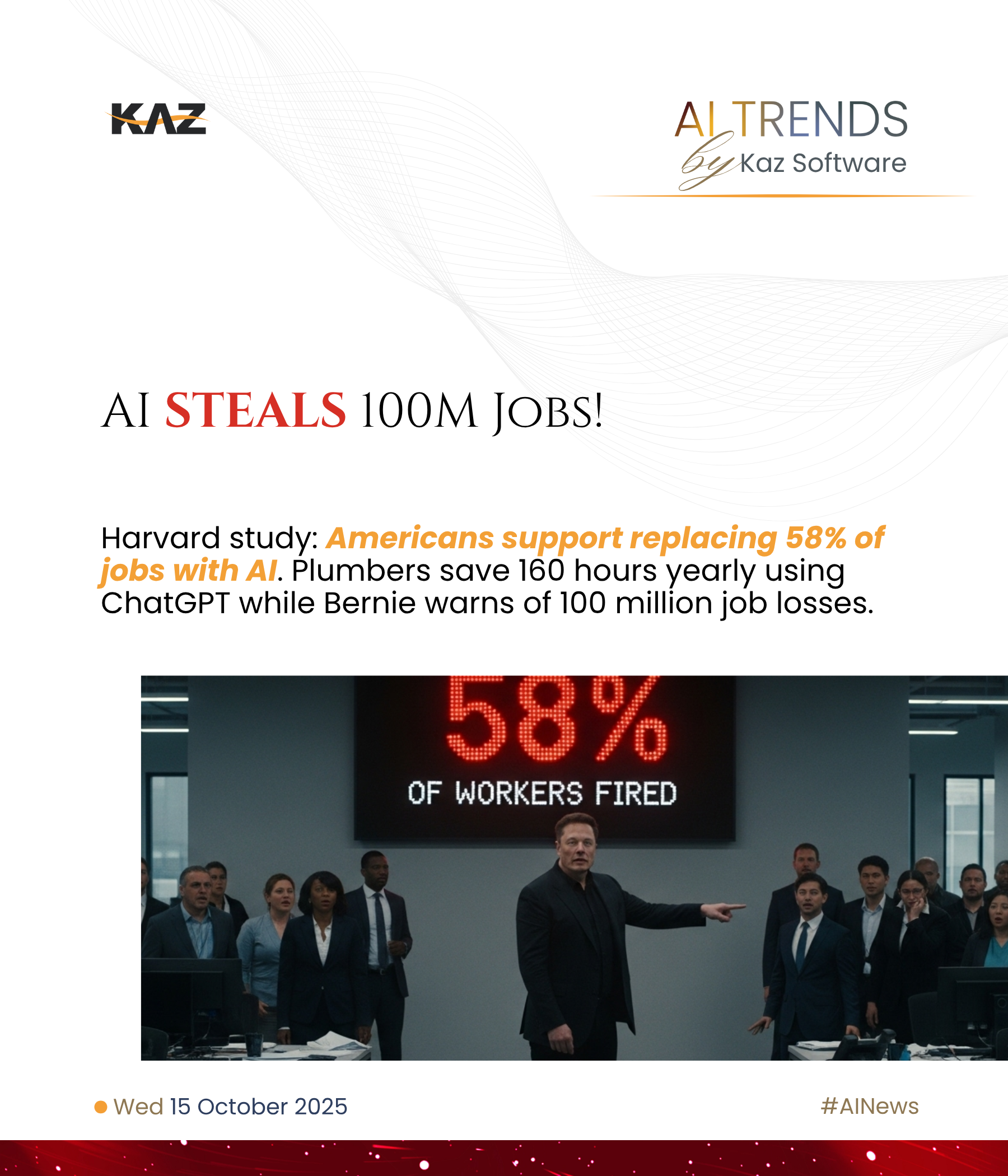Learn rust or be left rusting
/It’s fast, memory-safe, and runs everything from backend APIs to kernel patches. Rust is what serious engineering looks like in 2025.
Rust is what C++ wishes it was
Rust was never meant to be hype. It was built to fix what C and C++ broke. In 2025, it’s not just fixing things — it’s redefining them. Originally developed at Mozilla, Rust is now backed by the Rust Foundation and actively adopted by Google, Meta, Dropbox, and even the Linux kernel. Its mission? Memory safety without garbage collection. System-level performance without segmentation faults.
A 2024 Stack Overflow developer survey shows Rust ranked the most "loved" language for the 8th year in a row. That’s not trend-chasing — that’s developer survival. Rust compiles fast, runs faster, and throws zero runtime exceptions. It forces you to think like a systems engineer even when you’re building high-level logic. And that’s why teams building critical infrastructure are making the switch.
At Kaz Software, we’ve had multiple client projects where security and performance couldn’t be left to chance. For us, Rust meant sleeping better at night. We didn’t have to second-guess memory leaks or thread safety. That kind of confidence changes how you architect entire systems. With zero-cost abstractions, a robust type system, and cargo doing package management right, Rust doesn’t just run fast — it scales cleanly.
Rust’s biggest strength? It doesn’t allow laziness. You can’t fake your way through Rust code. It either compiles, or it teaches you why you’re wrong. That’s the kind of developer discipline that separates mature engineers from hobby coders. In 2025, if you’re thinking about building something that’s meant to last, you better be thinking in Rust.
Safety isn’t optional anymore
In an era of ransomware, zero-day exploits, and cloud misconfigurations, security can’t be an afterthought. And yet, most mainstream languages leave it up to developers to remember best practices. Rust takes a different stance: it bakes safety into the core.
Rust’s ownership model and borrow checker might scare off beginners, but they’re its superpower. These features eliminate entire classes of bugs: null pointer dereferencing, race conditions, and data races in multithreaded code. The result? Codebases where safety isn’t documented — it’s enforced.
In 2025, Google announced more Rust integrations in Android’s low-level code. Microsoft is replacing legacy C/C++ components with Rust for Windows kernel safety. AWS is building internal tooling using Rust because of its reliability in high-concurrency environments. If you’re serious about secure systems, Rust isn’t an alternative. It’s the standard.
At Kaz Software, we treat security-first development as more than a checklist. On projects involving payments, healthcare data, and PII, Rust gives our team the peace of mind that guardrails are built-in. Developers write with confidence, knowing the compiler is their first line of defense.
The world doesn’t need more fast code. It needs more secure code. And Rust’s ability to prevent vulnerabilities before they even run makes it a rare breed in a chaotic ecosystem. If you're still picking performance over safety, you're in the wrong decade.
Rust isn’t just for system engineers anymore
Rust has shed its niche. It’s not just for OS nerds and embedded engineers anymore. In 2025, full-stack devs, backend engineers, and even DevOps teams are adding Rust to their arsenal — not for bragging rights, but because it solves real-world problems cleanly.
Frameworks like Actix Web and Axum have turned Rust into a backend beast. Want blazing-fast APIs with zero runtime panics? Rust’s your answer. Crate ecosystems have matured, and with async/await, building non-blocking servers is not only possible — it’s enjoyable. Cloudflare Workers support Rust. AWS Lambda can now deploy Rust functions. The tooling caught up. The community’s thriving.
And Rust isn’t just welcome in the backend. The rise of WASM (WebAssembly) has opened new doors: real-time data visualizations, gaming engines, and edge compute powered by Rust’s performance and footprint. Even the AI world is taking notice. Hugging Face and other model hubs are experimenting with Rust-based pipelines for edge inference.
At Kaz Software, we’ve begun introducing Rust into web-based tools where latency and resource optimization matter. It’s not about showing off. It’s about building apps that don’t break under load and don’t require five frameworks duct-taped together. Rust gives us the elegance of a language that was designed to scale without compromise.
In short: Rust has graduated. It’s the language people learn after they’ve tried everything else and want to get serious.



















































